Upcoming UN Ocean Conference Presents Opportunity to Protect Planet’s Largest Ecosystem and Develop the Blue Economy, Sweden and the US Host Plastic Pollution Reduction Talks, G7 Countries Pledge Action on Plastics, Large Ocean States Could Mobilize Funding to Increase Ocean Management Effectiveness, and more
June 3, 2022 – We gather news: You stay informed
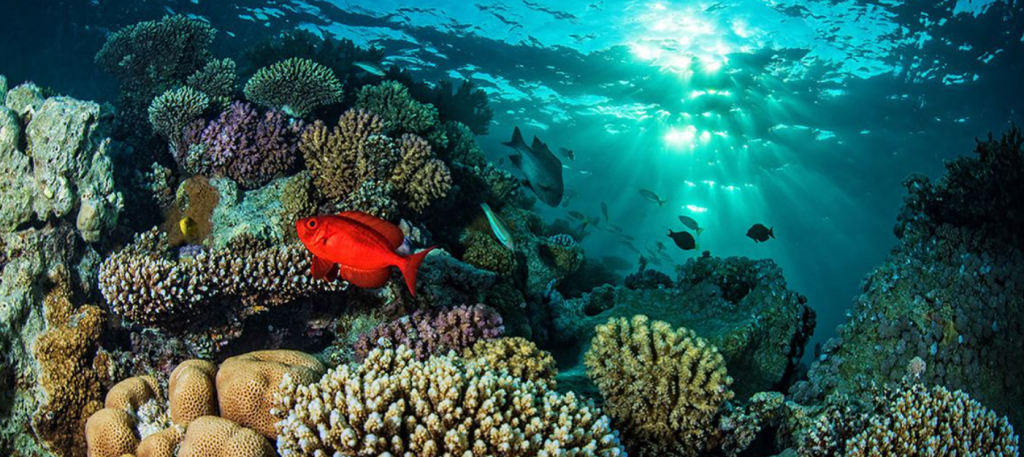
1. What to Know About the UN Ocean Conference – a Chance to Save the Planet’s Largest Ecosystem
The second UN Ocean Conference, taking place June 27-July 1 in Lisbon, will be an important opportunity to address damage that humans inflict on livelihoods and marine life. The conference is co-hosted by Kenya and will include a diverse slate of delegates. Also attending are entrepreneurs looking to sustainably develop the Blue Economy, hoping to mark a new era for the ocean from both sustainability and development perspectives. According to Peter Thomson, the UN Secretary-General’s Special Envoy for the Ocean, Lisbon “is going to be about providing solutions to the problems” outlined at the first conference in 2017. The event will provide a space for the international community to push for the adoption of innovative, science-based solutions for the sustainable management of the oceans, including combating water acidification, pollution, illegal fishing, and loss of habitats and biodiversity.
Editorial Note: Sea Save Foundation will participate in the United Nations Ocean Conference in Lisbon. Sea Save’s attendance is incredibly valuable as we leverage critical calls to action to catalyze ocean protection on the regional, national, and international stages. We will do our best to keep you informed about what Sea Save is doing during the conference, as well as important developments as they happen.
Thank you for your generous gift that will help us continue the production of this weekly, free publication
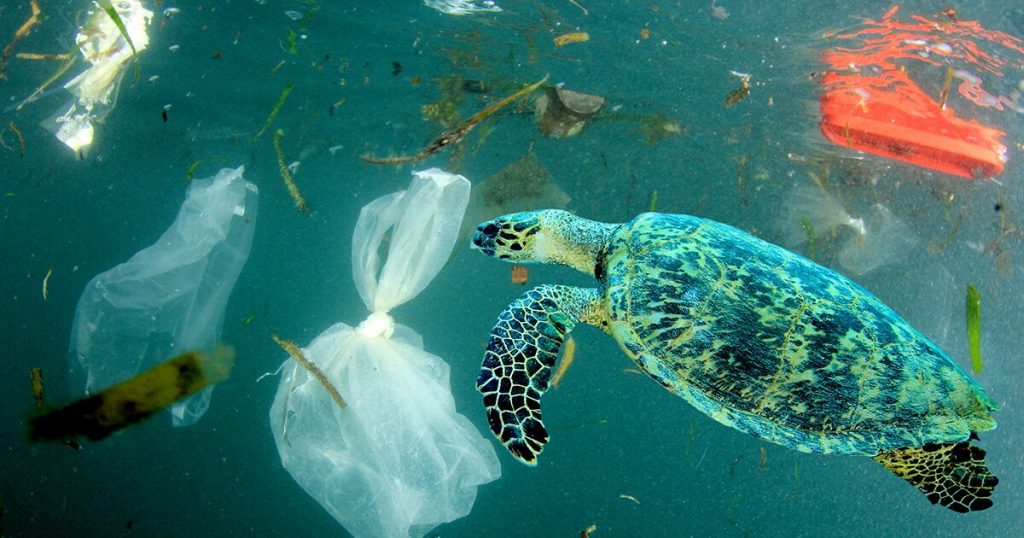
2. Sweden and US Host High-Level Talks to Reduce Plastic Pollution
Sweden and the US hosted a meeting June 1, where representatives from the business sector, civil society, and 10 countries discussed solutions to reduce plastic pollution and increase recycling. “Sweden’s goal is for the plastics that are manufactured to have a sustainable design so that they can be reused or recycled without hazardous substances remaining in circulation or impeding the chance for recycling. The impact that plastics have on the climate and the environment must also be reduced throughout the entire lifecycle,” said Minister Annika Strandhäll. The aim for the talks was to encourage companies to develop sustainable plastic designs so that they can be recycled more easily. The Swedish Government will continue its efforts to push for a legally binding global agreement on plastics after recently launching a national action plan on plastics based on less plastic usage, more recycling, and more new jobs.
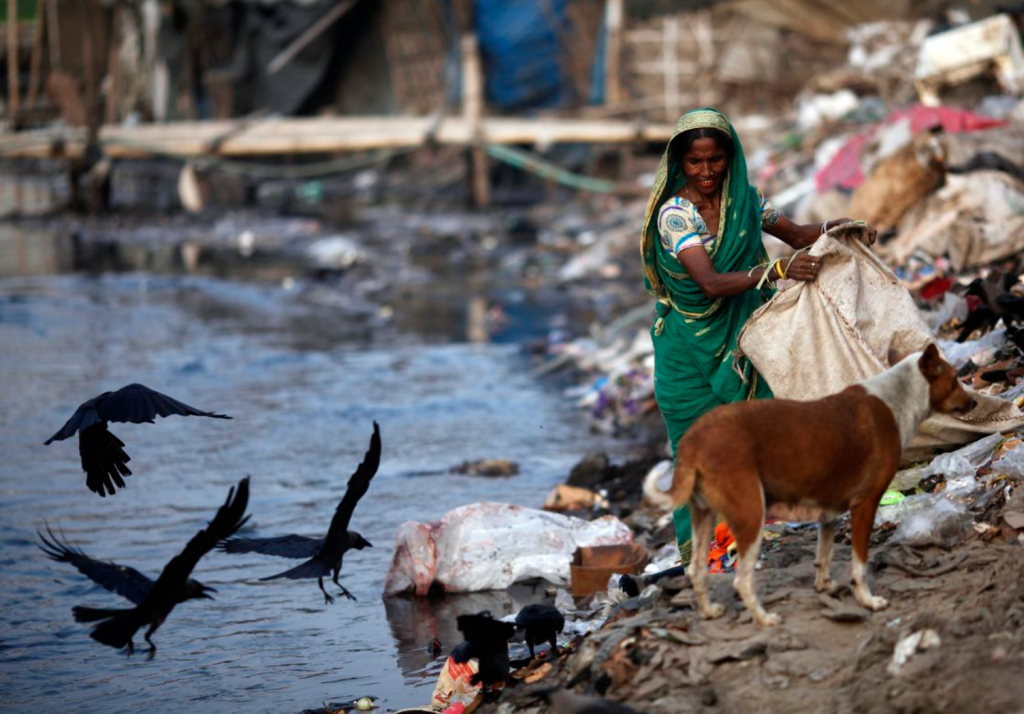
3. G7 Countries to Take Ambitious Action Against Plastic Pollution
The Group of Seven countries have committed to taking ambitious action against plastic pollution, according to a statement published on May 27. “Rather than waiting for an international legally binding instrument on plastic pollution and without prejudice to ongoing negotiations, we each commit to, without delay, taking ambitious actions that have environmental and socio-economic benefits along the lifecycle of plastics, and we encourage and support partner countries to do the same,” said the communique after a meeting of G7 energy, climate, and environment ministers in Berlin. The ministers also pledged to increase national efforts to conserve or protect at least 30% of their own coastal and marine areas by 2030. The G7 is an informal grouping of seven of the world’s advanced economies and consists of Canada, France, Germany, Italy, Japan, the United Kingdom, and the United States. The European Union serves as a “non-enumerated” member.
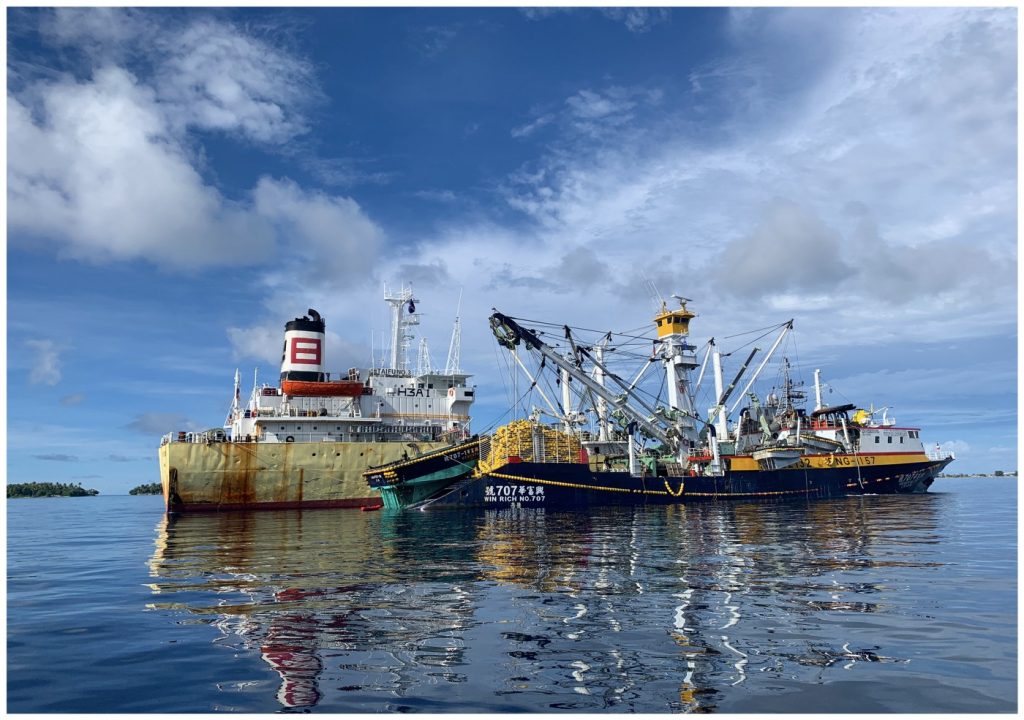
4. Recognizing Large Ocean States for Better Development Support
With roughly one third of the global ocean under national jurisdiction, the management of national oceans directly affects how global oceans are managed, impacting the food we eat, the air we breathe, and the many other services the ocean provides. A growing number of countries have begun identifying themselves in official intergovernmental settings as “large ocean states” – a self-assigned title distinct from the Small Island Developing States classification but without any formal international recognition or definition as a country classification. This represents a fundamental shift in how island countries assert sovereign rights over large areas of ocean that were traditionally unenforceable, emphasizing the ocean’s disproportionate influence on sustainable development that sets them apart. A large ocean state classification could address national development constraints associated with the challenges of managing very large areas of sovereign ocean territory and focus on mobilizing international funding toward specific ocean management capabilities.

5. Reefs Are in Trouble: Here’s What We Can Do to Help
Experts say reef restoration technologies and practices, such as breeding and replanting, are important to overall reef health. However, they should not be viewed as a ‘silver bullet’ to coral reef degradation as the climate continues to warm. Everyone has a part to play. Some ways to help include properly disposing of trash, recycling, and curbing dependence on single-use plastic. Using cleaner transportation methods like walking, biking, or taking public transportation can help reduce the amount of greenhouse gasses that are emitted into the atmosphere. These emissions contribute to ocean acidification and increased ocean temperature. More acidic ocean waters impede coral growth, and warmer waters cause coral bleaching. Reducing stormwater runoff helps prevent water pollution, reduces flooding, and protects our water resources. And making sure that sewage is correctly treated is important. Excess nutrients in wastewater can negatively impact coral reef ecosystems.

6. Action Plan for the Queen Conch Industry in the Eastern Caribbean Announced
The Director General of the Organization of Eastern Caribbean States, Dr. Didacus Jules, has expressed optimism about a sustainable conch industry. Data from the Convention on International Trade in Endangered Species of Wild Fauna and Flora (CITES) noted that between 1992 and 2001, an estimated 21.61 million pounds of conch was exported from the region. Jules discussed the creation of a hatchery on Union Island, noting that such a facility would be critical to the sustainability of the conch industry, adding that all supporting infrastructure must be in place to allow the industry to grow organically. Project partners including the United Nations Conference on Trade and Development and CITES will work with national authorities, fishers, and other key stakeholders to identify and secure conch management measures and build the necessary capacity to establish and implement conservation measures based upon the best-available science.
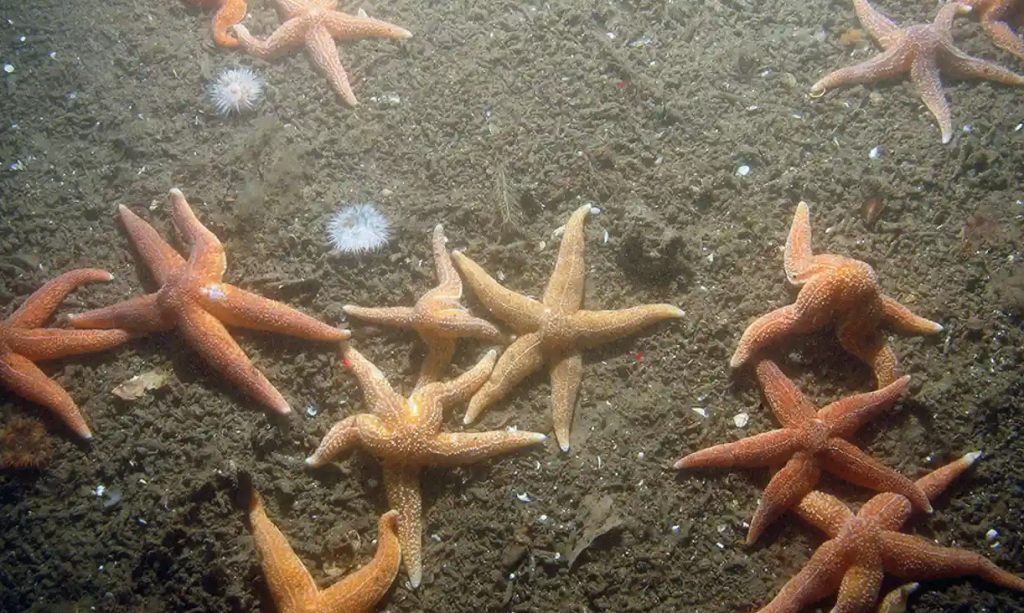
7. Fishing Industry Still ‘Bulldozing’ Seabed in 90% of UK Marine Protected Areas
The UK’s network of marine protected areas (MPAs), set up to safeguard vulnerable areas of the seabed and marine life, is a cornerstone of the government’s target to protect 30% of ocean biodiversity by 2030. But analysis of fishing vessel tracking data from Global Fishing Watch (GFW) and Oceana found that fishing with bottom-towed gear took place last year on 58 out of 64 offshore “benthic” MPAs, which aim to protect species on the seabed. When vessels with bottom-towed gear fish in marine parks, it prevents the recovery of ecosystems already lost to decades of exploitation, and limits the seabed’s ability to store carbon and combat the effects of the climate crisis. Greenpeace has described this type of fishing in MPAs as akin to “bulldozing national parks.” Bottom-trawling is currently banned in just two MPAs, with another four to be protected in June.
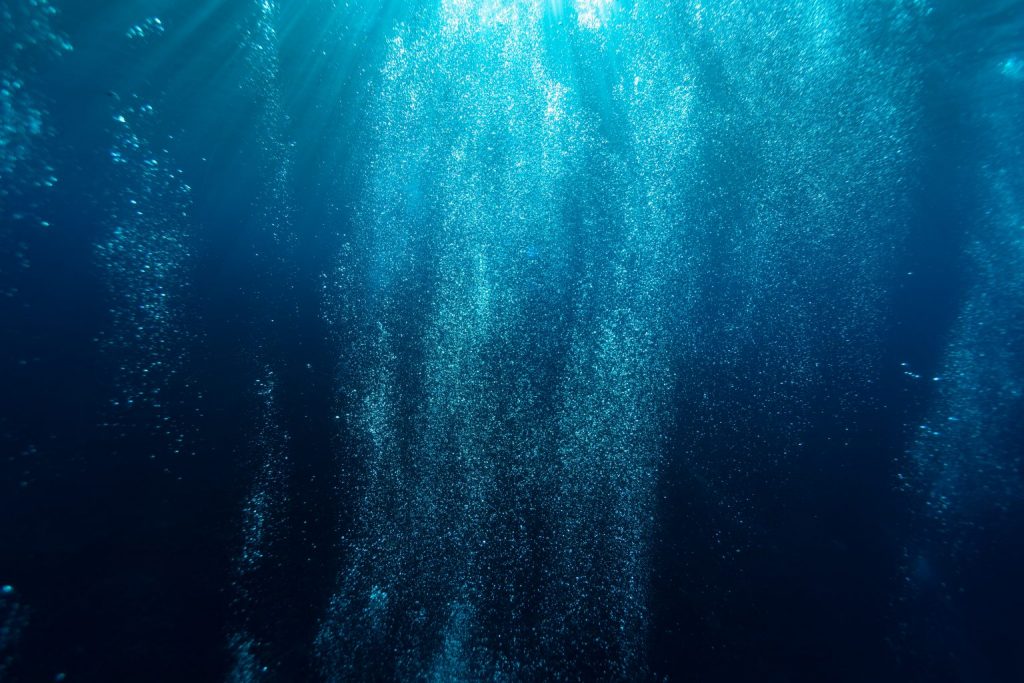
8. Hawaii Startup Launches World’s First Ocean-Assisted Carbon Removal Plant
A Hawaii-based company has opened the world’s first ocean-assisted carbon removal plant, offering a glimpse at a second chance for marine life and the atmosphere. Heimdal, a startup founded by two Oxford University graduates, is giving the ocean a carbon-capturing restart. Heimdal’s plant uses reverse osmosis (a filtration method used in some drinking water systems) to desalinate batches of saltwater brine. After that, an electrochemical cell performs a process called electrolysis, in which hydrochloric acid is removed from the brine via molecular rearrangement. The desalinated solution can then be returned to the ocean, helping to locally neutralize the water’s pH. The removal of excess acidity also allows the seawater to begin capturing carbon all over again. Ocean-assisted carbon removal requires less energy and space than direct air capture facilities, making the process much cheaper and easier to scale than its land-based alternative.
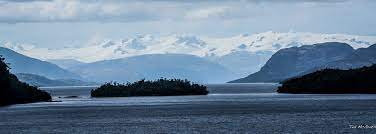
9. National Geographic Documentary Calls for Halt to Salmon Farming in Key Chilean Region
A new National Geographic documentary advocates for the protection of a large portion of Chile’s coastline from further commercial salmon-farming development. “Canoeros: Memoria Viva” calls for Chile’s Kawésqar National Reserve to be classified as a national park, effectively halting farming there. The reserve is home to 67 salmon-farming concessions, with 80 concession requests currently pending. National Geographic’s list of “the most-serious impacts of salmon farming documented in Patagonia” include mass escapes of “invasive and carnivorous” salmon, high use of antibiotics and anti-parasite drugs, the destruction of the sea bed from salmon waste, and the loss of species such as whales, dolphins, and sea lions inside salmon farms. Chilean President Boric has questioned the environmental sustainability of the country’s USD 5.2 billion salmon-farming industry. He is now reportedly considering a moratorium on the farmed salmon sector that would halt its expansion in the country.
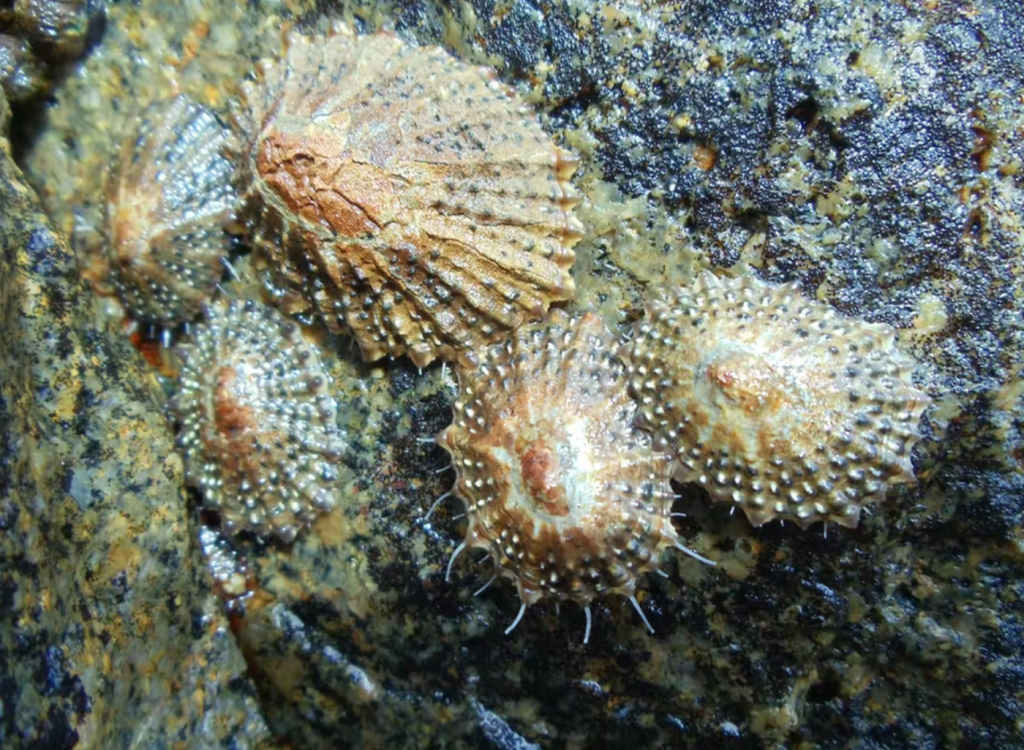
10. Marine Life in a South African Bay Is Full of Chemical Pollutants
A recent study of Cape Town’s False Bay marine environment tested for the presence of eight selected pharmaceuticals and personal care products. Numerous compounds were found in the various species tested. Limpets, the varied-sized and -colored seashells that cling to rocks, were found to have the highest concentrations of compounds compared to the edible organisms such as mussels and sea urchins. Although limpets are not an edible species, this knowledge is valuable: limpets could be used as sentinel organisms to monitor pollution in and around the ocean – a sort of “canary in the coalmine.” Although the pharmaceuticals, pesticides, industrial chemicals, and personal care products were most commonly found at low concentrations in the seawater samples, significantly higher levels were detected in the marine species and seaweed samples. This can do serious harm over time, slowly killing off the sea creatures and affecting the area’s biodiversity.
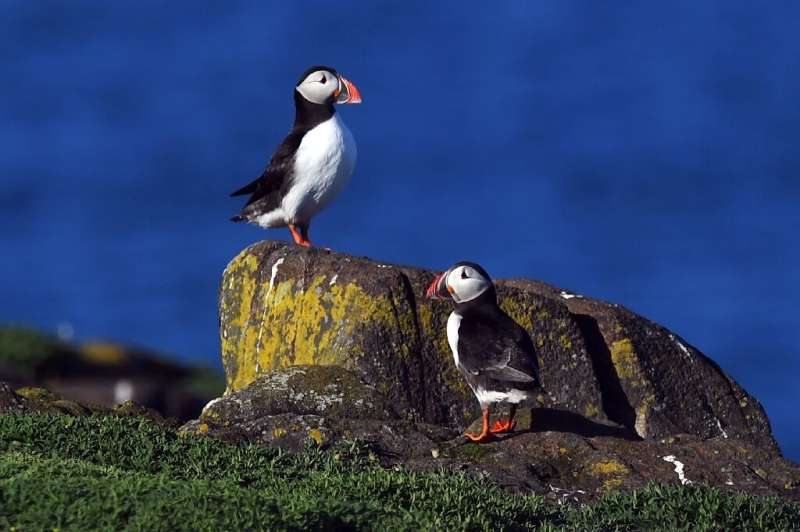
11. Decline in North Sea Puffins Causes Concern
Conservationists are concerned about dwindling numbers of Atlantic puffins in the North Sea. There, global warming, high winds, rains, coastal erosion, pollution, and overfishing of its favored food—sand eels—are being blamed for dwindling numbers. In 2015, the International Union for the Conservation of Nature gave puffins “vulnerable” status, after large declines over much of their European range. Rising sea temperatures have caused sand eels to move north to cooler waters, forcing the birds to follow but where more extreme weather can be fatal for them. Due to their low reproductive rate, populations can take decades to recover from a sudden knock. A 2022 census will give scientists a picture of how the puffin population is being affected by factors such as climate change and local changes in sand eel availability. Although there is no immediate danger of the puffins becoming extinct, their falling numbers are concerning.
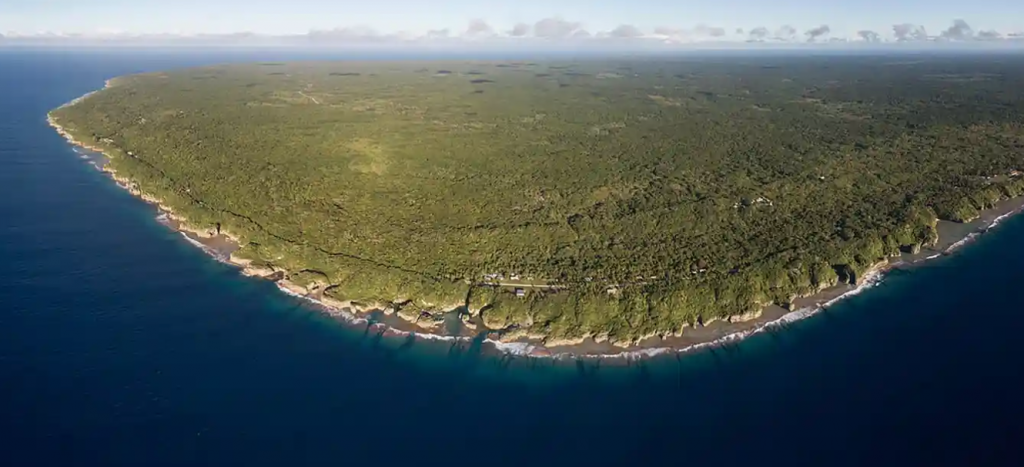
12. Tiny Pacific Island Nation Declares Bold Plan to Protect 100% of Its Ocean
The Pacific island state of Niue has announced that it will protect 100% of the ocean in its exclusive economic zone (EEZ), which is roughly the area of Vietnam. Illegal fishing is a serious issue, and Niue is also experiencing the impact of the climate crisis. Niue follows the Cook Islands in committing itself to 100% protection. The new policy has led to the creation of the Niue Nukutuluea multiple-use marine park. Those caught fishing illegally can have their vessel and catch seized, and receive a fine of up to NZ$500,000 (£255,000). As Niue has no navy, its 1,700 inhabitants are reliant on other countries to police their waters. Niue’s premier, Dalton Tagelagi, is aware that turning 100% of Niue’s ocean into a protected reserve is ambitious, but says he wants to remind people there is no other option.

13. Animals-Turned-Oceanographers Help Biologists Learn What Ocean’s Largest Predators Do in the Dark Depths
Whale sharks are part of a select group of large marine animals that scientists have signed up as ocean-going research assistants. Fitted with electronic tags incorporating a suite of sensors and tracking devices, they gather information where humans can’t. They have revealed remarkable journeys across oceans and have shown that diving deep is common among large marine predators. To function at great depths, deep-diving species have evolved many anatomical and physiological adaptations, like insulating blubber, or collapsible lungs and oxygen-storing muscles. Now scientists are trying to find out what drove them to acquire their remarkable diving skills. Besides the obvious, namely food, deep, dimly lit waters could provide refuge from other predators; somewhere to cool an overheating body; navigational cues for those able to detect them; even a long-distance communication channel. Still, many questions remain and will have to wait for technological advancements for more answers.
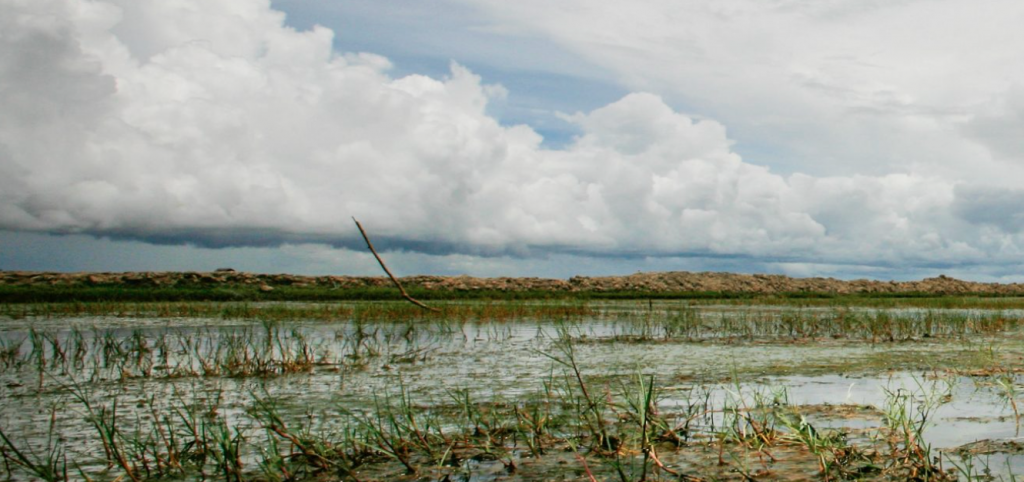
14. Mounting Levels of Salt From Rising Seas Threaten Crops, Drinking Water, and Human Health
As sea levels rise, salty ocean water is pushing ever farther into the Mekong Delta, one of Southeast Asia’s most densely populated and productive rice-growing regions. During this year’s spring dry season, the salinity boundary—where salt levels exceed four grams per liter—reached more than 16 kilometers farther than it has historically. A new and pioneering modeling study of the delta, which is home to more than 20 million people, has concluded that by around 2050, rising sea levels in the South China Sea will be the dominant driver of salinization, making wide areas uninhabitable for rice farmers long before they are inundated by the ocean itself. A 2020 modeling study using climate, soil, and hydrological data pinpointed salinization hotspots across Australia, Mexico, South Africa, the US Southwest, and Brazil. The damage could be so severe that salinization will mobilize environmental refugees, as people flee land that cannot sustain them.

15. Swimming With Sharks, Debunking Myths: Part of the Job of a Shark Scientist
In a new book, marine conservation biologist David Shiffman combats some of the misinformation around sharks and talks about how we can best protect them. With shark and ray populations declining 71% over the last 50 years, Shiffman says, it’s time for humans to stop being afraid of sharks. Predators are always important in keeping the environment and the food web in balance, which is key to protecting food webs that support food security and sustain billions of humans. The biggest threat facing sharks is unsustainable overfishing. A new report by the IUCN Red List Shark Group found that about a third of all known species of sharks and their relatives are threatened with extinction. Climate change is another looming threat. While we know it is disruptive to the ocean, it’s been hardly studied for sharks. Studies show it could disrupt their migration and habitat.

16. Marine Mammals in Scotland at Risk Due to Inconsistent Assessments
Researchers examined cumulative effect assessments conducted by maritime industries from 2009 to 2019 and concluded that Britain’s marine mammals are at risk because of inconsistent approaches to environmental studies. Industries must conduct these assessments during the planning process for offshore wind farms, fish farms, harbor developments, or turbines to assess whether they will negatively affect the environment. Experts found that some cumulative effect assessments were extremely vague, while others contained extensive scientific detail into potential impacts. Surveys conducted by fish farms, harbor development projects, oil or gas field development and decommissioning scored the lowest. But newer industries like offshore wind farms and tidal and wave energy performed better, while showing improving signs over time. “Ideally all marine users would assess their activities based on the same standard. This would help safeguard marine mammals and the wider marine environment,” said Professor Lauren McWhinnie.

17. Companies Team Up to Clean Up the Oceans
Naval architecture company TECHNOLOG Services and H2-Industries plan to clean up the oceans. The companies are designing a vessel that can collect plastic pollution from the ocean’s surface and convert it to clean hydrogen to generate clean energy. The companies will create a new ship that will be more than 150m/492ft long and have two collector ships in front of it towing a net that funnels the plastic into the collection ship. The ship will be able to produce 100kg of hydrogen per 600kg of waste collected. “The shipping industry can make a positive impact on reducing global emissions. The plan is to help decarbonize industry and power generation while cleaning water resources and converting pollutants into an energy source. Once the investment is in place, we expect each ship will be built within roughly 24 months,” said H2-Industries CEO Michael Stusch.

18. Scientists Discover Self-Cloning Seagrass That’s ‘Biggest Plant on Earth’ Off Australian Coast
A new study revealed that self-cloning seagrass located off the western Australian coast is actually one plant, making it the largest ever and the size of the entire city of Cincinnati. The study examined meadows of seagrass that rested on the ocean floor in Shark Bay coast, 500 miles from Perth. The seagrass has actually been cloning itself for nearly 4,500 years, but all that grass is part of one plant. Seagrass is not the same as seaweed, an algae. The plant is able to clone itself by creating genetically identical offshoots. That process of reproducing is rare in the animal kingdom yet happens in certain environmental conditions. The process occurs more often among some plants, fungi, and bacteria. The plant currently provides habitat for a wide array of marine species including turtles, crabs, fish, and dolphins.

19. Silky Sharks Set Distance but Also Global Fin Trade Records
Silky sharks roam open seas and dive to depths of more than 300 meters (985 feet). Yet their tendency to spend most of their time in relatively shallow waters (less than 100 meters, or 328 feet, deep) renders them extremely vulnerable to industrial fishing. One female shark (Silky 1) traveled nearly 7,000 kilometers (4,350 miles) in seven months, but she also spent most of that time in unprotected areas in a region where there are high levels of illegal, unreported, and unregulated fishing. Another traveled more than 16,300 kilometers (10,100 miles) in ten months. Silky shark fins make up the second-highest proportion of fins found in the global market. Fins from up to two million silky sharks contribute to the global fin trade each year. Expanded marine protected areas could increase protection for sharks on critical marine migratory routes.

20. Tuna Commission Blacklists Fleet With Record of Illegal Fishing
The Indian Ocean Tuna Commission (IOTC) has blacklisted a fleet of tuna-fishing vessels after an Environmental Justice Foundation (EJF) investigation revealed it has a previous record of engaging in illegal, unreported, and unregulated (IUU) fishing. The decision by the IOTC was based on the investigation by the EJF that culminated in the International Commission for the Conservation of Atlantic Tuna banning the vessels in December 2021. The EJF investigation found the fleet went to extreme lengths to evade scrutiny of its illegal actions, going so far as relocating its fishing activities from one ocean to the other, changing the flag under which the vessels were operating, changing the names of the vessels, and engaging in illegal transshipment. EJF CEO Steve Trent said that cracking down on opacity coupled with information sharing can help stakeholders work together to rid the ocean of damaging operators.

21. Visualizing Beloved Aquatic Animals When We Reach for Plastic Might Encourage Less Use
New research indicates that visualizing marine life can help people go on a plastic diet. Researchers found that placing pictures of sea turtles, whales, and dolphins above the recycling bins in an office tower reduced overall plastic waste — discarded or recycled — by 17% compared with before the signs. The photos of animals grappling with plastic waste in their aquatic homes were more effective than simple recycling signs or ones that asked office-goers to pledge to cut down on how much plastic they used. The decrease in plastic waste held even after the signs with animal pictures were removed. That suggests office workers began to change their habits and perhaps do without things like single-use water bottles and utensils. The researchers found that when people made an emotional connection to the animals — even if they didn’t remember it — the effect was more powerful than a pledge.

22. Novel Environmental DNA Monitoring Method Identifies Rare and Endangered Fish Species in Markets
Researchers have outlined a powerful new tool for monitoring trade of rare and endangered fish species in Hong Kong wet markets. Using environmental DNA (eDNA) present in the drain runoff water, researchers extracted and sequenced enough DNA to identify over 100 species of fish that had passed through the market. Various types of vulnerable or endangered species were detected in the study. Researchers aimed to develop a method for identifying fish species traded in Hong Kong markets that does not rely on having fish taxonomy experts spend hours visually identifying every fish on sale. DNA-based IDs can be more reliable than morphological IDs, and this is especially true when fish are sold butchered or belong to certain similar-looking genera and families. The DNA extraction method outlined in the paper is simple and can easily be executed by anyone with basic molecular lab training.

23. Managing Fish Stocks Shared by Nations Must Focus on the Impacts of Climate Change
Oceans are getting warmer, less oxygenated, and more acidic. In response, marine species are on the move, looking for new places with the environmental conditions they prefer. As stocks move across international jurisdictions, fisheries management plans for transboundary stocks might not be adapted to cope with species on the move. For example, if a fish stock is shifting from one exclusive economic zone to another, the first would catch as many fish as possible before it leaves for good. In contrast, the second has the incentive to save the stock because of its increasing future stake. Fisheries management plans that are not prepared to respond to migrating species will be less resilient to climate change. Further research and documentation on how to move toward inclusive dynamic management (quota allocation formula, conflict management) is key to adapting and building resilience in transboundary fisheries management to shifting stocks.

24. Shellfish, Kelp Could Be Key to Combatting Ocean Acidification
Researchers at Stony Brook University have discovered a way to combat ocean acidification with a culture of shellfish and kelp, potentially benefiting local marine ecosystems, shellfish farmers, and economies as soon as this year. The research showed significant changes in oyster growth where kelp was also cultivated. These findings could be significant for the preservation of the shellfish industry on Long Island, as well as aid in fighting the effects of climate change. The researchers found that after only one or two days, kelp can increase the pH of seawater to so-called basification conditions, which is what the shellfish require for maximum growth. The oysters grown with the kelp were five times greater than the oysters grown further away. They also found that the shallow water estuaries produced the best growth results. Kelp further helps the climate by pulling CO2 out of the atmosphere.
/




